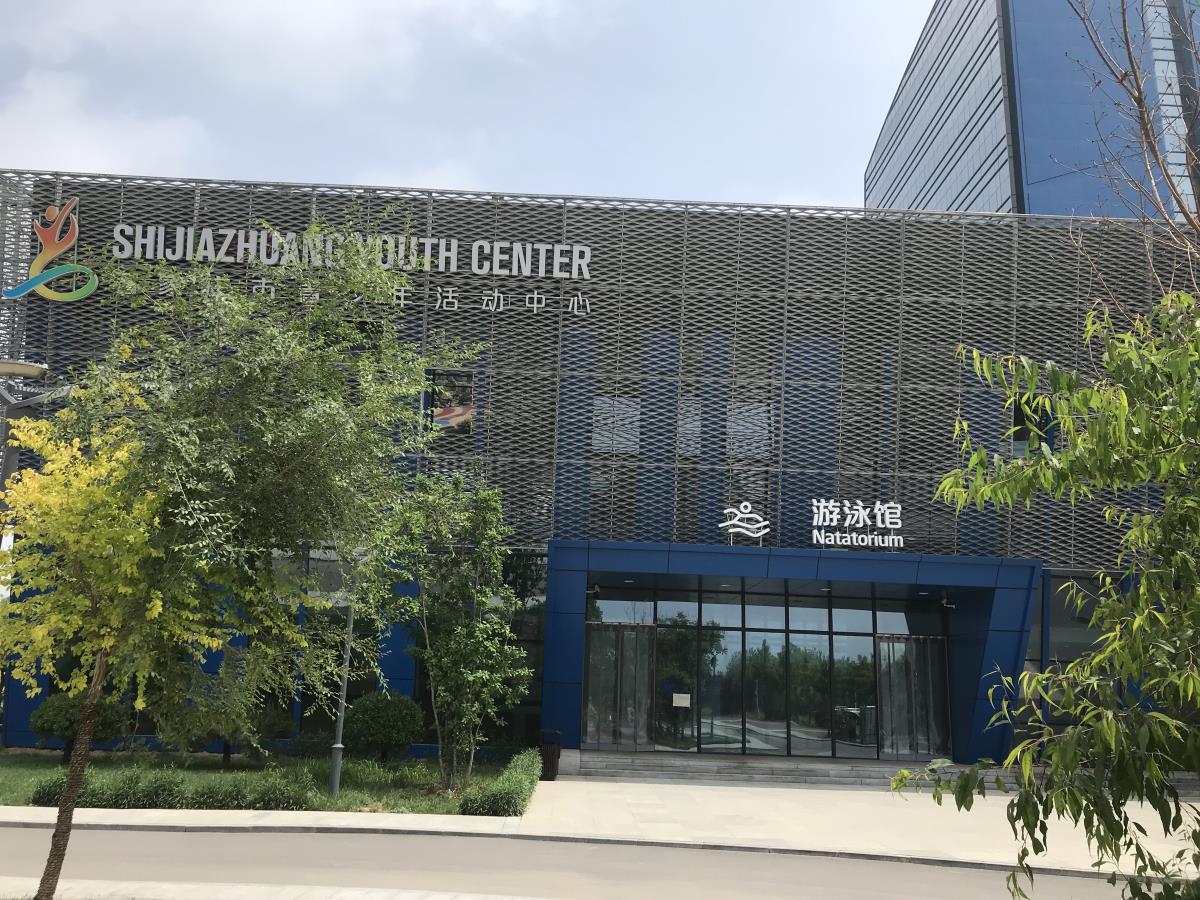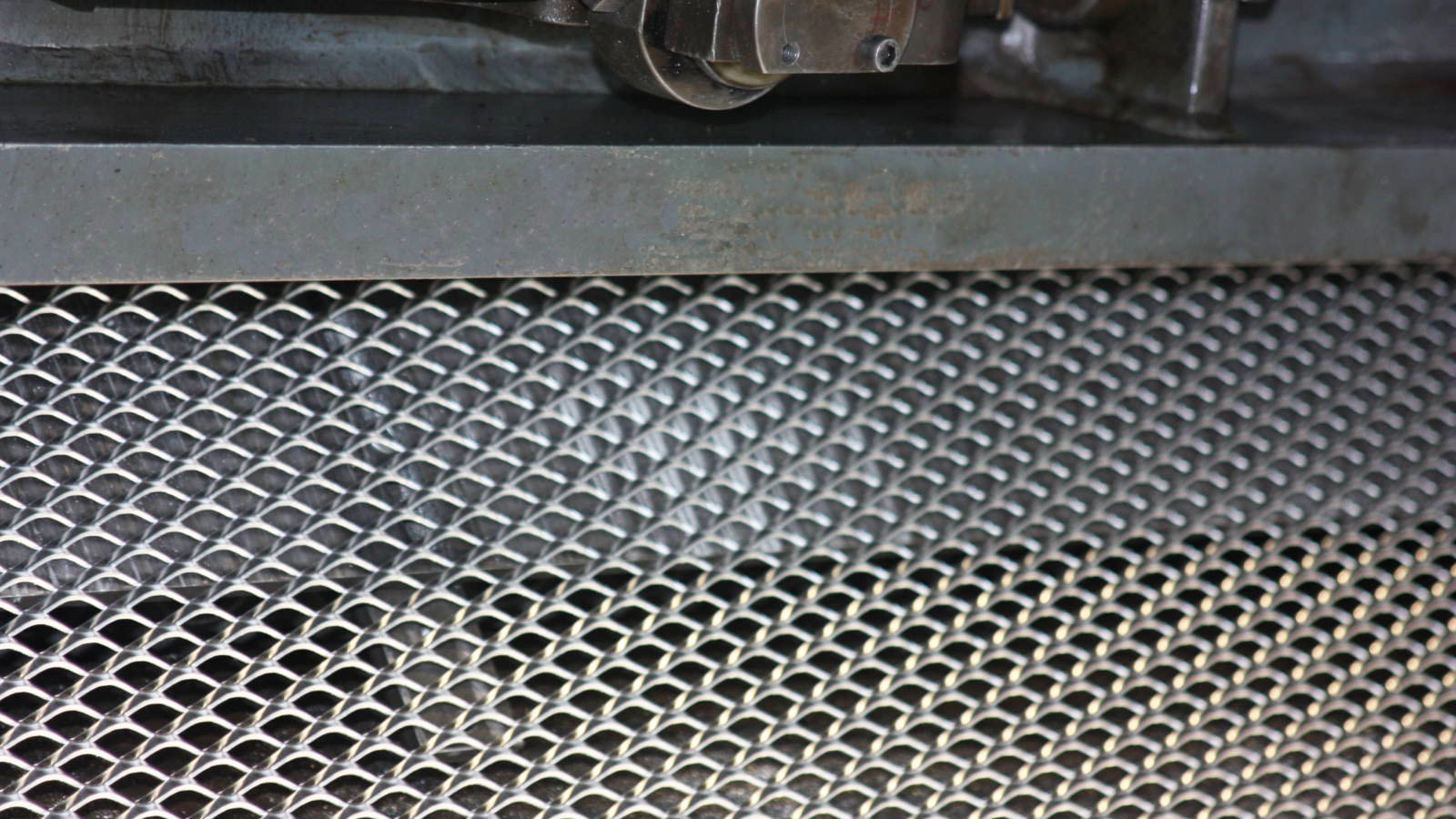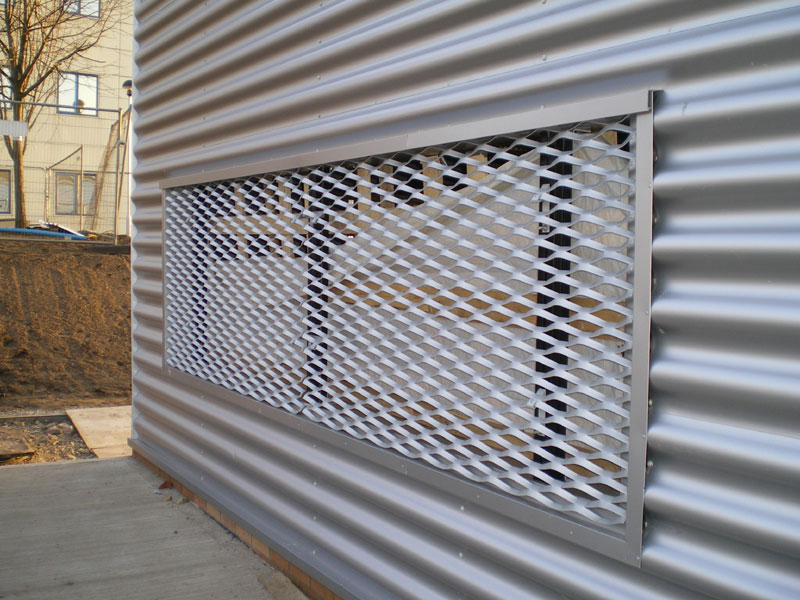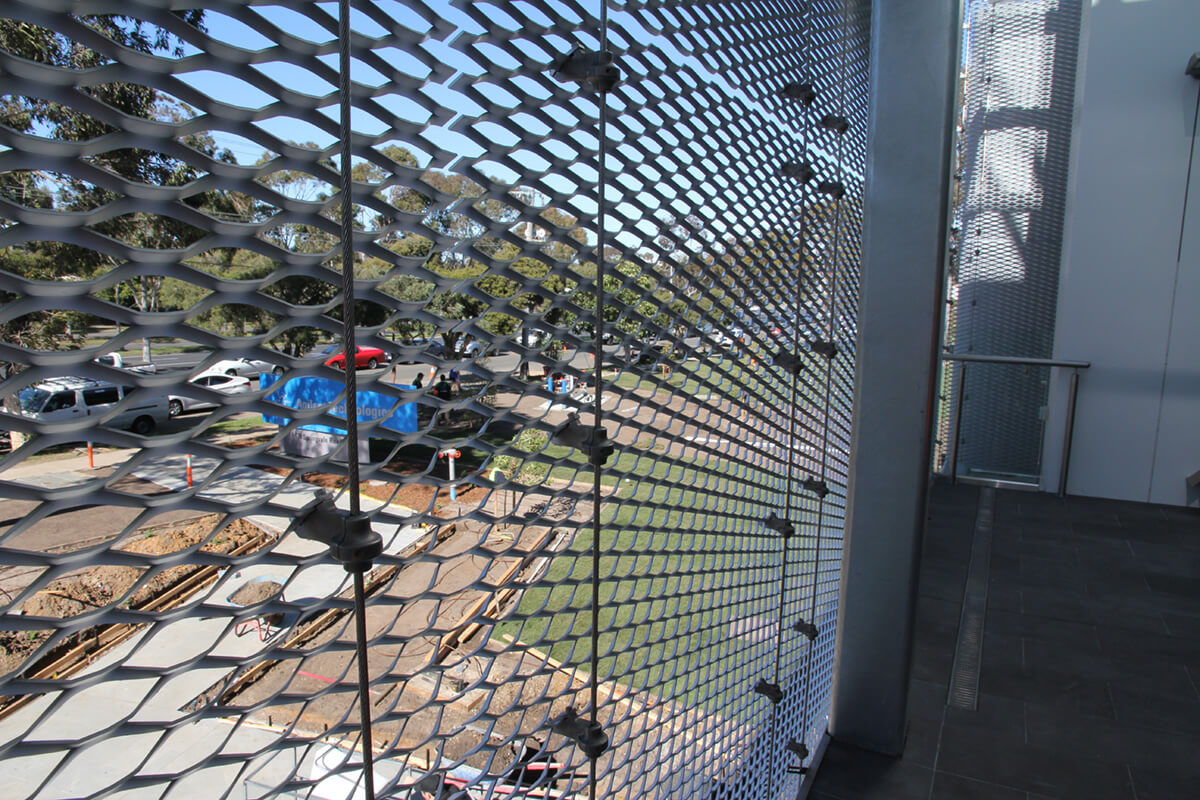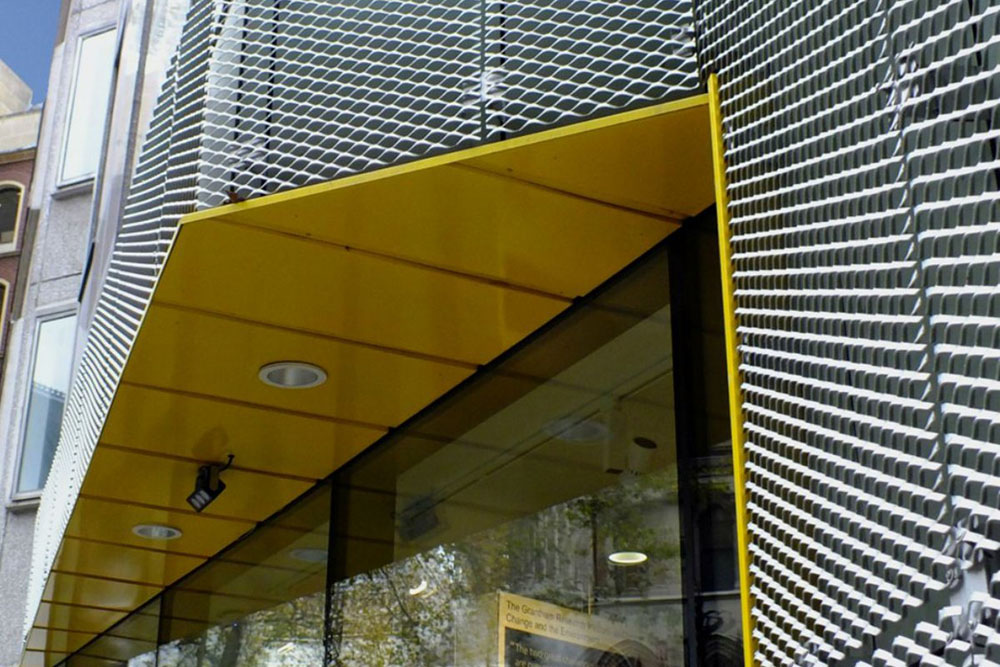As urban architecture evolves toward smarter, safer, and more sustainable construction, expanded metal mesh has emerged as a cutting-edge solution for exterior wall applications. This innovative material, made by stretching and expanding steel sheets into diamond or hexagonal patterns, provides a superior combination of safety, functionality, and environmental performance. Below, we explore the key advantages that make expanded metal mesh the preferred choice for building exterior walls.
1. Greatly Improved Safety Performance
High strength and impact resistance
One of the most significant advantages of expanded metal mesh is its outstanding mechanical performance. Manufactured from high-strength materials like low-carbon steel or stainless steel, the mesh structure can reach tensile strengths of over 800MPa. Its diamond or hexagonal openings help to distribute impact forces evenly, minimizing the risk of structural failure and falling accidents. This makes it particularly suitable for use in high-rise buildings and densely populated urban areas.
When compared to traditional materials such as plastic mesh or bamboo scaffolding, expanded metal mesh is far superior. Plastic mesh degrades over time and is prone to breaking under stress, while bamboo offers low load-bearing capacity and is vulnerable to collapse.
Fire retardant capabilities
With surface treatments like galvanization or ceramic coating, expanded metal mesh can endure temperatures up to 1200°C for two hours. Its fire resistance meets Class A non-combustibility standards, providing crucial protection in scenarios involving welding sparks or electrical faults. This level of safety is unmatched by traditional dense mesh, which is flammable, or wooden scaffolds that readily support combustion.
Anti-fall and reinforced structure
The mesh is often designed with a reinforced frame, increasing its overall rigidity. Rounded and burr-free edges prevent injuries, while the closed design ensures that tools and debris stay securely contained—minimizing hazards on construction sites.
2. Outstanding Economic and Environmental Advantages
Long service life and high reuse rate
The durability of expanded metal mesh extends its life to between 10 to 25 years, especially when treated with hot-dip galvanization. It is reusable across 3 to 5 project cycles, reducing the need for frequent replacement. In contrast, plastic nets typically need replacement after one or two uses, and bamboo scaffolding is essentially single-use due to its fragility.
100% recyclability and carbon footprint reduction
Steel, the primary material in expanded metal mesh, is entirely recyclable. Recycling one ton of steel saves approximately 1.6 tons of CO₂ emissions. Moreover, the production process generates little to no waste, as leftover metal from the expansion process can be reused. Compared to plastic mesh, which is difficult to degrade, and bamboo, which depletes forest resources, expanded metal mesh is clearly the greener choice.
3. Functional Diversity Expands Application Scenarios
Lightweight and easy installation
Thanks to its structural design, expanded metal mesh is about 35% lighter than conventional steel mesh. It supports modular installation, and can be quickly assembled using intelligent lifting systems, thereby increasing installation efficiency by three times. This streamlined construction process stands in stark contrast to traditional materials that require on-site welding or frequent replacement.
Integrated functionality
With a porosity rate of around 23%, the mesh allows for excellent ventilation and natural lighting, improving both worker comfort and site efficiency. Its shading coefficient (0.6–0.8) helps reduce building energy consumption by up to 18%—a huge benefit for green construction and energy-efficient buildings.
4. Policy Compliance and Urban Aesthetics
Enhanced urban image and site standardization
Modern construction projects must adhere to strict safety and aesthetic standards. The use of expanded metal mesh in standardized color schemes like lake blue or gray creates a clean and professional appearance on the building’s facade throughout the construction period. In contrast, plastic safety nets often accumulate dust, sag, and tear, damaging the overall cityscape.
Core Comparison Summary
| Feature | Expanded Metal Mesh | Plastic Dense Mesh | Bamboo/Wood Scaffolding |
|---|---|---|---|
| Safety | High strength, fire-resistant, anti-fall design | Easy to break, flammable | Low load-bearing, flammable |
| Economy | 10–25 years lifespan, 3–5 reuse cycles | Short lifespan, frequent replacement | Not reusable |
| Sustainability | 100% recyclable, carbon-reducing | Hard to degrade, environmental burden | Forest resource depletion |
| Functionality | Shading, ventilation, modular | Limited functionality | Basic protection only |
Expanded metal mesh has redefined what is possible in exterior wall construction. With its unbeatable combination of safety, economic value, sustainability, and multifunctional design, it outperforms traditional materials in every category. As cities prioritize smart and green construction, expanded metal mesh will continue to lead the way in high-rise, urban renewal, and energy-saving projects. In the near future, as photovoltaic and smart technologies are integrated into mesh systems, the application scope of this material will expand even further, confirming its status as a cornerstone of modern architectural engineering.
Get in Touch
Please Email us via the contact form below, we will get back to you ASAP.

